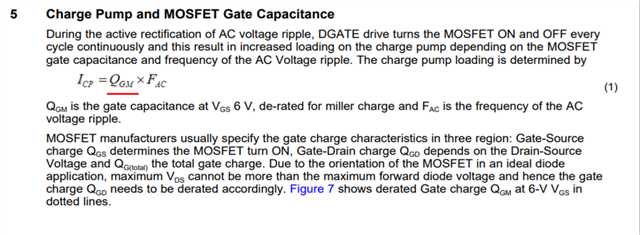Other Parts Discussed in Thread: LM74700-Q1
Hello.
I am designing using LM7480, to meet the MIL-STD-1275E condition.
My equipment requires higher power consumption than the LM7480 design proposed by Texas.
Select MOSFET in proportion to the high current.
Few MOSFETs meet the specifications.
The problem is
Can MOSFET be connected to LM7480 IC in parallel and used?
If possible, is there any material designed using MOSFET in parallel in TI?
Thank you for your response.





